The issues that many learner drivers and new drivers face is dealing with situations as they emerge, rather than anticipating and planning for them in advance. This is normal and expected as it takes a lot of experience to fully prepare for every encounter while out on the road.
Anticipation and planning makes driving easier and safer because you’re always prepared for any eventuality. Identifying a right turn well in advance is part of this process.
For example, during the driving test, the examiner may ask you to take the next right. If you can identify where the right turn is, well in advance, you be making things much easier for yourself. It’ll mean that you can prepare in good time for the MSPSL (mirror, signal, position, speed, look) routine and that you’ll have time to look into the right turn to prepare for any hazards that you may see.
Warning Road Signs for Right Turns
Some right turns might have a sign warning you in advance of the turn. Warning signs are usually in place if the turn is in a hazardous location or on a high speed road. They are placed in such areas to warn drivers that vehicles may be joining the major road from a minor road.
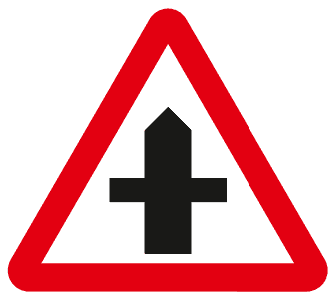
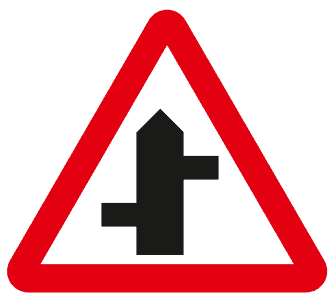
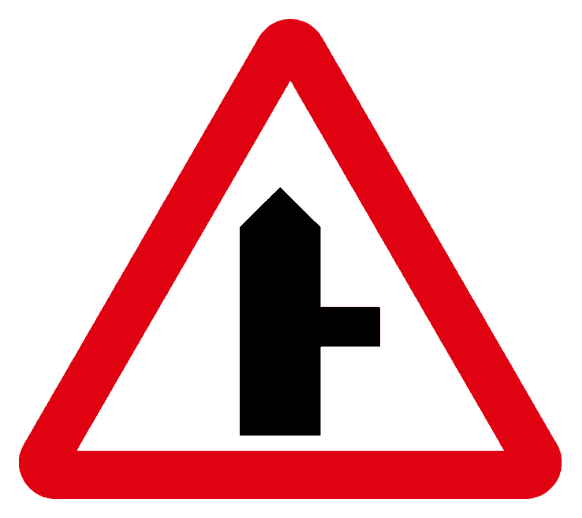
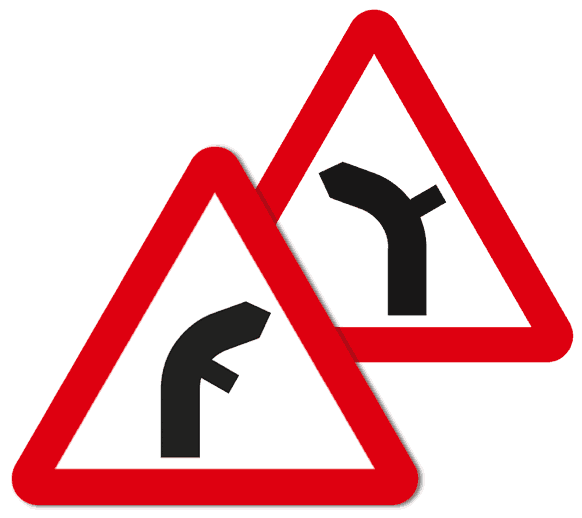
Direction Signs for Right Turns
Also keep a look out for direction signs. Direction signs are rectangle in shape and are coloured based on the road type.
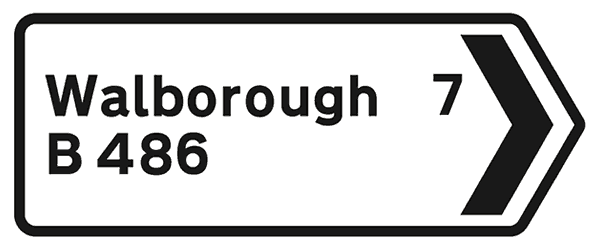
This sign indicates a right turn up ahead. It details the location and how many miles to reach it. Being white, it means the route to the location is taken via a non-primary route (B road).
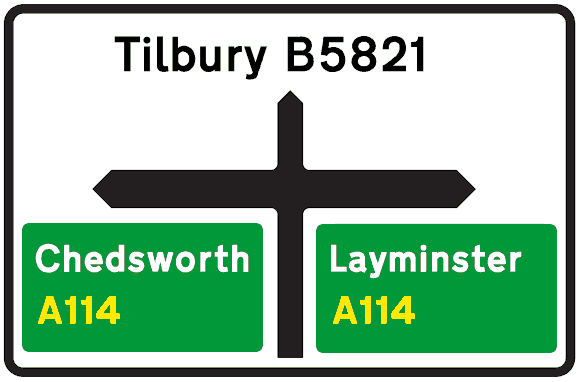
This white sign is for drivers on a non-primary ‘B’ road and detailed within the green areas, giving left and right directions to locations via primary ‘A’ roads.
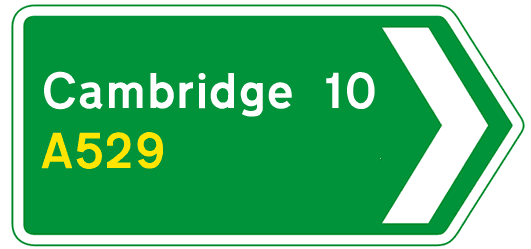
Similarly, this also indicates a right turn up ahead, with the location and how many miles to reach it. Being green, this sign means the route to the location is taken via a primary route (A road).
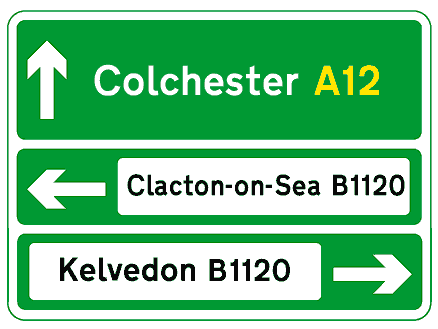
This green sign is for drivers on a primary route (‘A’ road), giving directions to non-primary routes as seen in the white areas.
Right Turns Without Signs
Most right turns that you need to identify will not have warning or direction signs. These will typically be in urban areas. In this situation, you’ll need to look for other ways on identifying them.
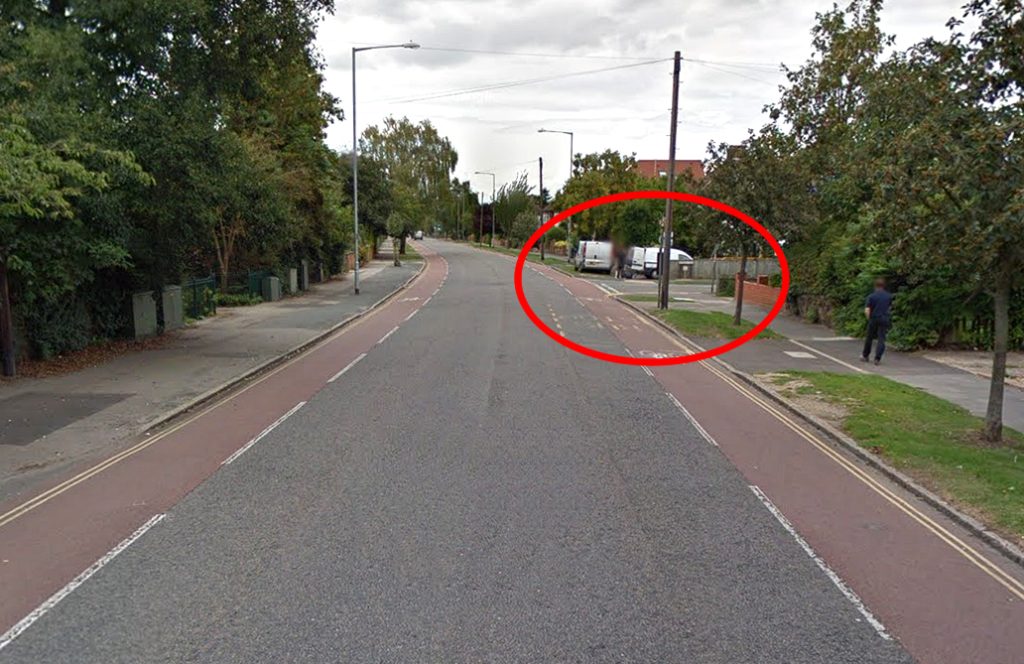
Things to look for when attempting to identify the right turn are junction lines, gaps in houses, fences and hedges. The sooner you identify the junction, the sooner you can begin planning the MSPSL routine and begin looking out for hazards.